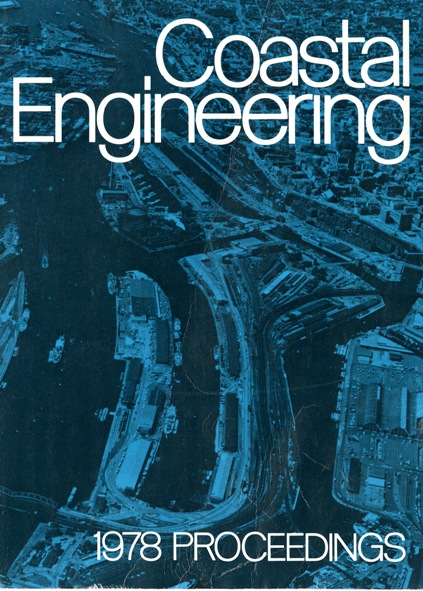Abstract
The primary sea defence system of the Netherlands consists for a large part of sandy beaches and dunes. The row of dunes, however, is rather narrow in some places, due to long-term erosion, and reinforcement has become necessary (Figure 1 and 2). In this connection a special governmental committee requested the co-operation of the Delft Hydraulics Laboratory to developed a design criterion for a dune sea defence system that could withstand a storm surge with a frequency of occurrence of once in 10,000 years (Figure 3). For that purpose all available field observations on dune erosion were analysed and a provisional, empirical, guide-line was developed in 1972 \_\J , but because of the limited amount of field data and the complexity of a theoretical approach it was decided to check the validity of this guide-line by means of a model investigation. As no adequate scaling relationships are available for movable bed models with waves, the tests were set up in the form of a scale series. A large number of two-dimensional tests with various geometric scales using two types of sand (D50 = 225 um and D50 = 150 urn) was carried out in 1975.
Authors retain copyright and grant the Proceedings right of first publication with the work simultaneously licensed under a Creative Commons Attribution License that allows others to share the work with an acknowledgement of the work's authorship and initial publication in this Proceedings.

